Restoring an iron fireplace can be a joy. However, there’s the dilemma of whether to freshen the fireplace up or strip and black lead it if it’s painted.
What is black lead I hear you ask? It’s basically a black liquid stove polish that protects the iron against rust and gives the fireplace an even gun-metal colour. Don’t worry it no longer contains lead!
There are pros and cons to both options and some of it’s down to personal taste. However, if your fireplace is so thick with paint it’s spoiling the cast iron detail it’s best to strip it back when restoring it.
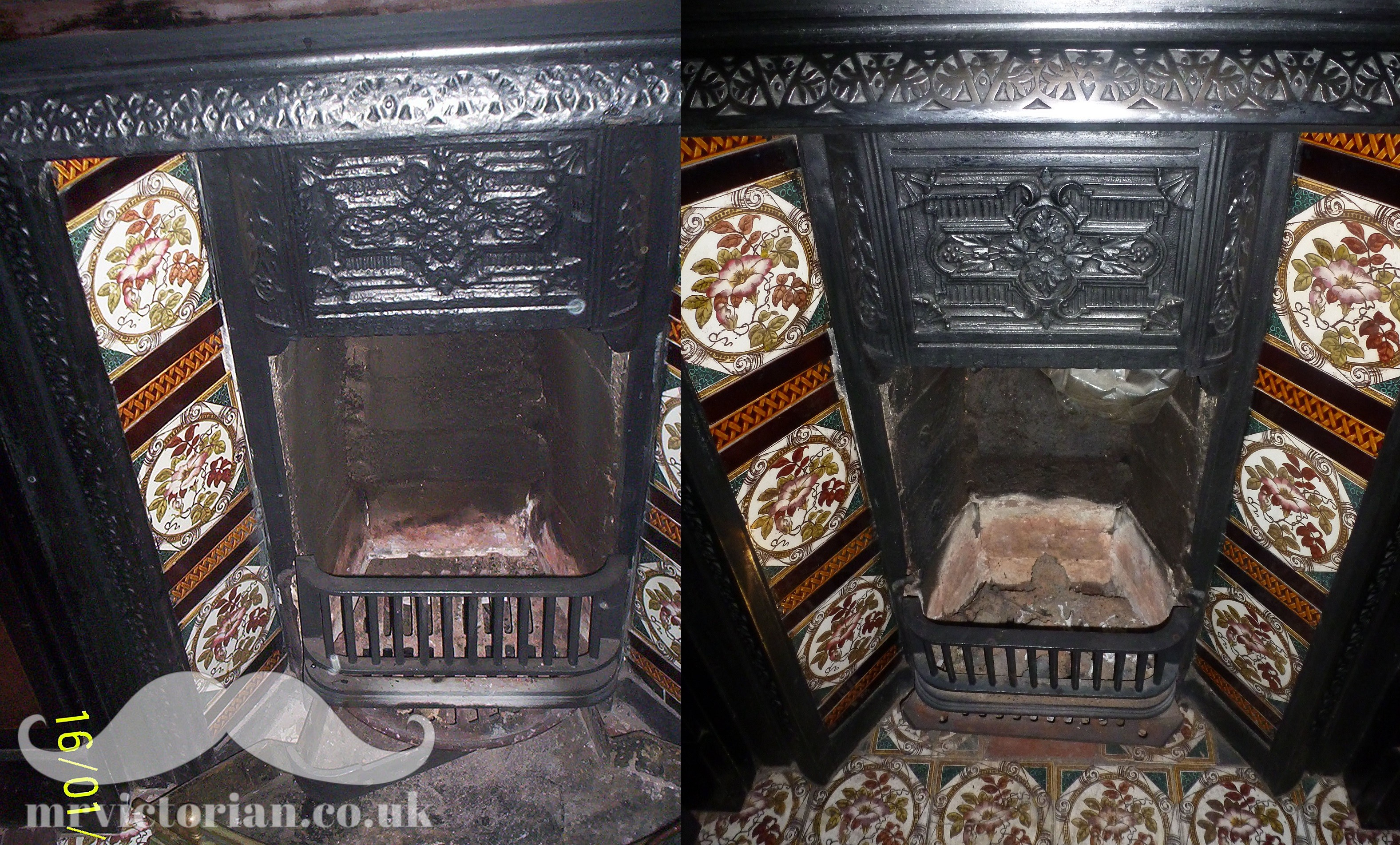
See my House Tour photos to see my restored fireplaces in my house.
Painted – the pros
- can match the colour of the room’s woodwork or wall colour so blends in better
- painting a lighter colour looks less austere and gloomy
- doesn’t require messy stripping which could mean redecoration if your fireplace is in situ
- more durable than a black leaded finish which is not waterproof
Black leaded – the pros
- shows the cast iron detail best and gives it depth, particularly if buffed up with a cloth
- easily removable and doesn’t build up like paint when reapplied, preserving ornate detail
- cheaper than paint
- reacts better if using as a fireplace – paint bubbles or blisters if near to a used grate
What’s more authentic?
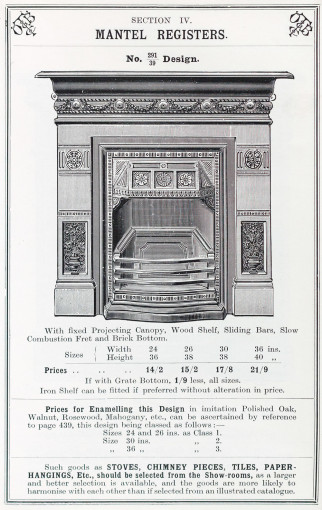
Well, both! Historical fireplace catalogues show that a painted finished was often an optional extra and could include a woodgrained effect.
Suppliers often painted all-in-one iron fireplaces, especially if there was a surround detail. However, they would always black lead the grate as paint doesn’t react well to heat.
Likewise, iron fireplace inserts were always blackleaded if they had a separate surround.
Victorians tended to black lead smaller bedroom fireplaces in more ordinary homes where this was a cheaper and easier option. Old photos from this era show this.
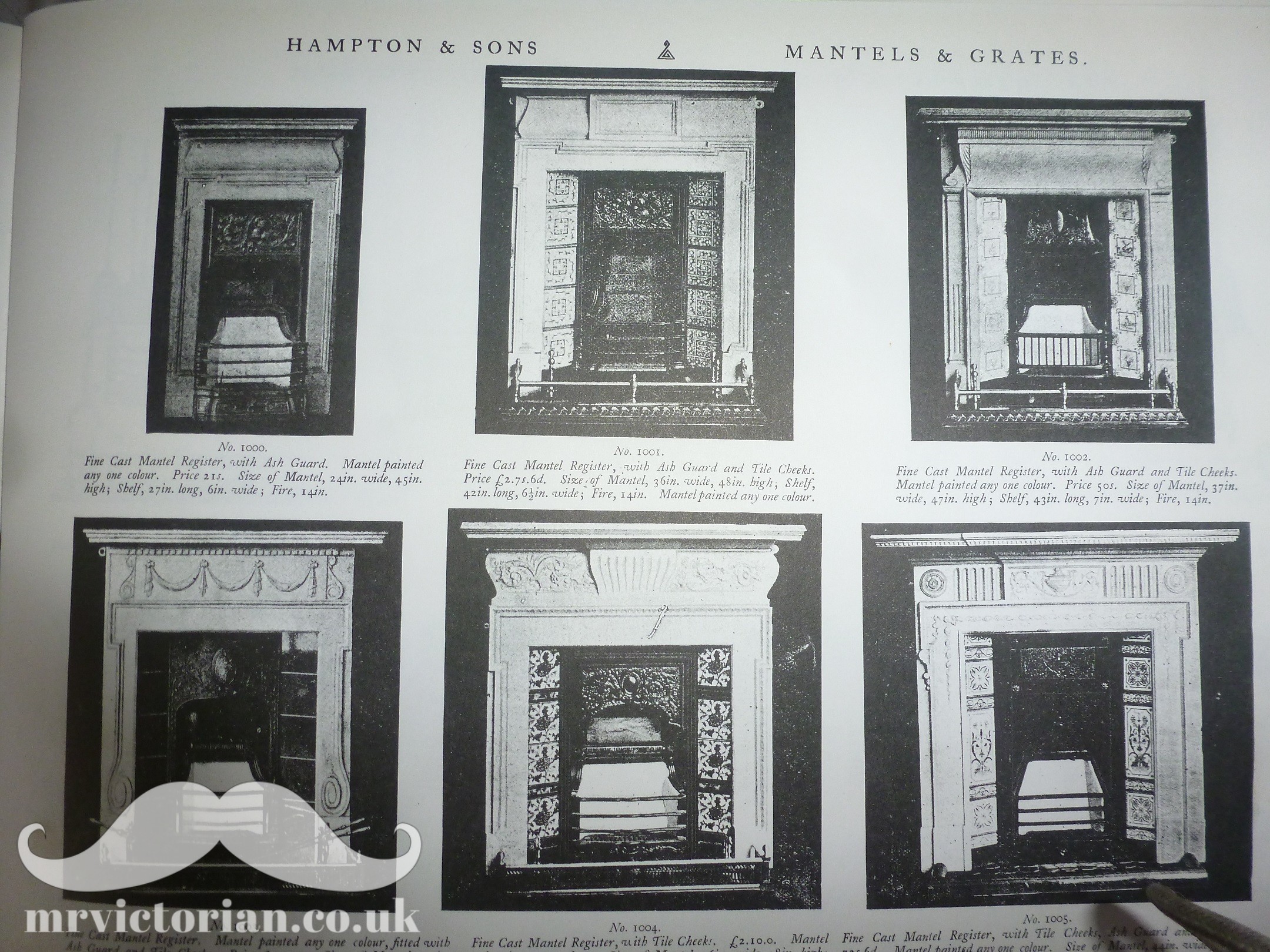
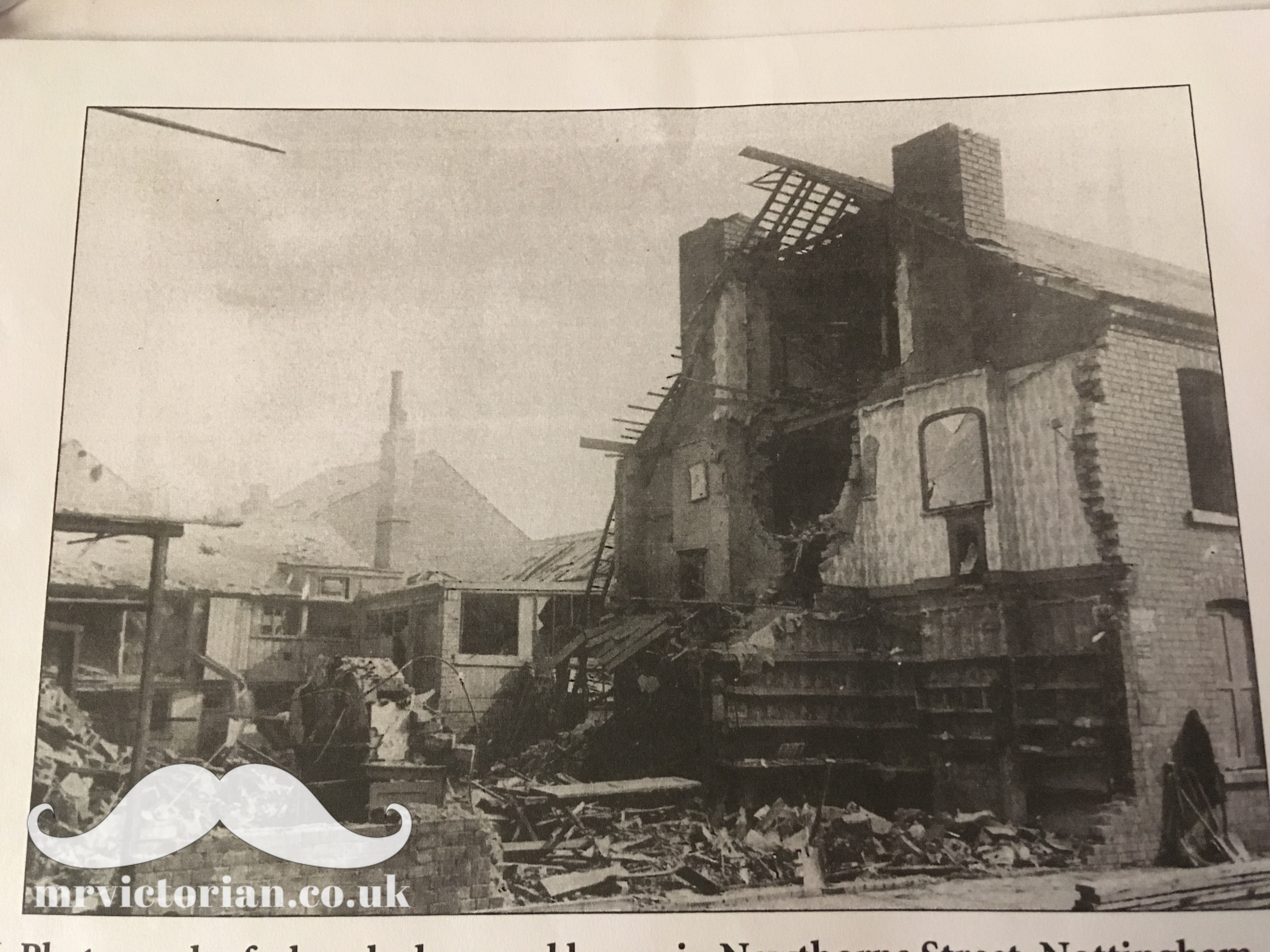
Tips for restoring an iron fireplace – painting
- use a spray paint if you’re not precious about getting the same colour as a wall or woodwork paint to help preserve the fireplace’s detail
- apply a metal primer on bare iron to avoid rust coming through the finishing coats
- black lead the grate, fire bars, fire back and hood if you plan to use the fire
- apply a matt black paint to the grate and hood area for a more authentic look if you are not planning to use the fire
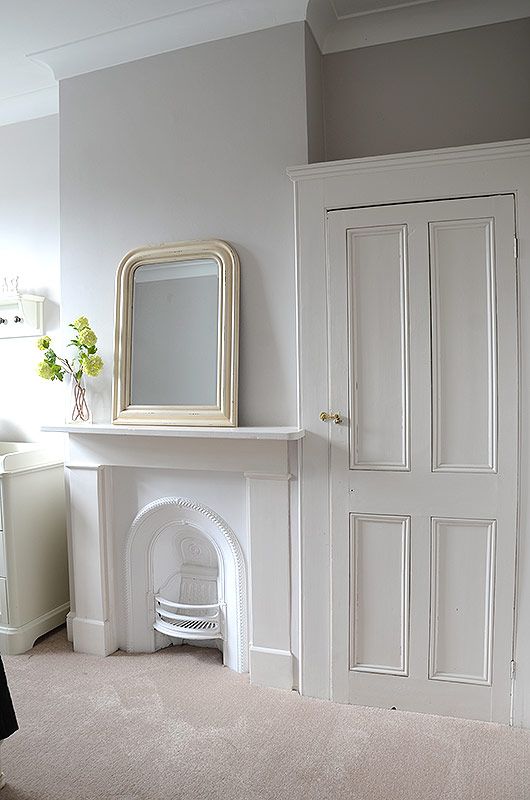
Tips for restoring an iron fireplace – stripping
I’ve stripped unfitted and in situ fireplaces and have made many mistakes so please learn from them!
If the fireplace is not in situ:
- seek out a shot blasting company as it’s a very time consuming and messy job, particularly if you have more than one fireplace to strip
- avoid DIY store paint stripping products as they are not as effective as they used to be. You’ll be at it for days and it will cost a fortune in the endless tins you’ll need
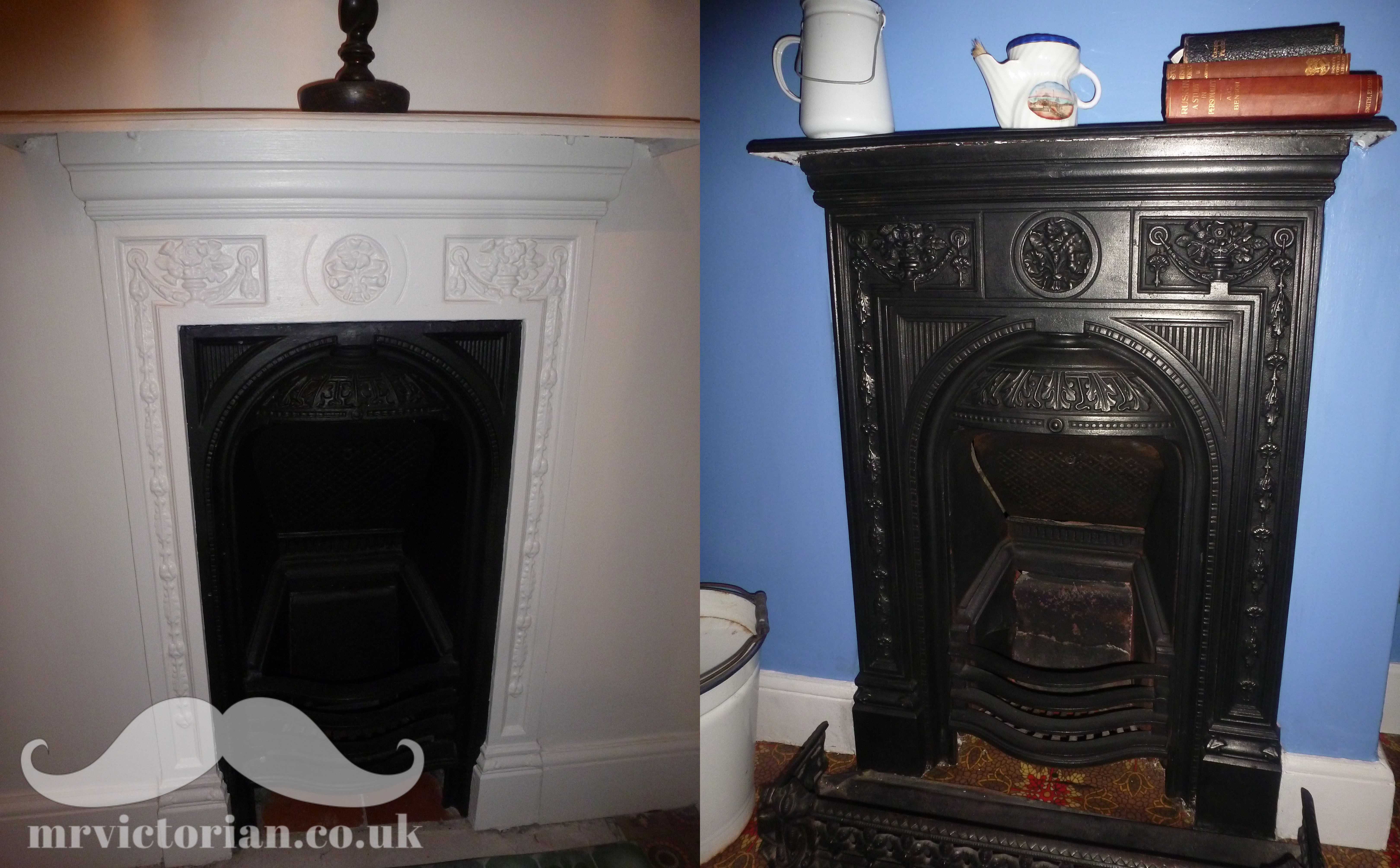
If the fireplace is in situ:
- try Peel Away, which is a paste that you apply to the fireplace and then cover with plastic sheets overnight
- it gets most layers off will but leaves small paint traces that you’ll have to remove with a scraper or a wire-head brush on a drill
- Peel Away 1 is for more durable old lead paints and Peel Away 7 is for more modern paints, so buy samples of both to see which is more effective for your job
- I’ve used this product on a bedroom fireplace and I managed not to damage the surrounding wallpaper but I wouldn’t recommend – best to do if you are planning to redecorate the room
- protect surrounding floors and walls with sheeting and mask inset tiles and separate fireplace surrounds
- be careful not to apply the stripper to separate antique surrounds as these often have a lacquered or painted finish
- take a cautious approach by not applying the stripper within 1cm of inset tiles and a fireplace surround – carefully scrape off small remnants of paint using hand tools

Hi Mr Victorian,
We are in the process of touching up our fire place. We have stripped the ornate details down to the iron. But when we have applied the metal, water based primer from valspar rust has started to seep through. Be great to understand what you would recommend? For example can we apply the colour straight on top or will the rust seep through again or should we first apply an anti-rust coating, the challenge being these seem to be oil based? Look forward to hearing from you as we are a bit unsure what’s best to do next. Thank you! Jess
Water is the nemesis of cast iron. The rust will continue to bleed through subsequent layers if not properly addressed. You could apply a rust blocking layer and continue as planned. However, as you’ve already highlighted, these are oil based and oil + water based paints dont combine well. If it were me, I’d strip back the water based primer, apply a rust treatment (to ensure it doesn’t continue to eat away – rust is cancer to cast iron!) then proceed with oil based primer & paint (assuming you’re painting with colour, otherwise black lead). Good luck!
Do I need to use rust treatment if I am going to black leaf the fireplace
Great article. I need a bit of advice if possible. I have moved in to a new place that has a more modern polished cast iron fire and surround (gas) somebody has tried to rub it down and rust is starting to show, I want to turn it all black and was wondering do I strip, prime, then paint or steel wool then black grate it. Any help would be appreciated.
We have a cast iron surround that we had professionally blasted (lead paint). It immediately got bits of rust, even in our dry climate. We don’t want to repaint it. We want the flower details to show but we need to get rid of the rust bits and make sure it’s sealed. What products do you recommend for removing rust and sealing it?
Hi,
I have purchased a property and first time working with Victorian fireplaces, so total newbie.
I have one cast iron fireplace surround which has a wood effect paint of some kind on it. I see from your article that this could have actually been an original optional extra rather than a hideous new addition. In either case, it won’t go with planned decor. I am torn between getting it back to the original black or paining it white. In the case of painting it white, what would you suggest using to get the wood effect off? Also, any recommendations on brands for paint?
Thanks in advance.
Hi, we’ve moved in to a house with a polished cast iron fireplace. I’m not keen on the polished look and would prefer a black finish. Can I simply prime the polished surface with metal primer and then apply black stove paint? We won’t be using it as a fireplace, it will be purely for decoration. Thanks!
This is a great article. I’ve started trying to do the fireplace in the front room of the house I just bought as I thought it only had one coat of silver spray paint on it… but should I be taking it down to the silver/actual metal layer before I use the black lead grate polish? I’m still getting a lot of black come off when I use white spirit.
Hi Mr Victorian. Thanks for the article! We are renovating our bedroom and wondering how to approach the fireplace. We already did the living room and used PeelAway, which worked really well. We don’t want to do that this time in the bedroom and want to paint the fireplace. However it already has a couple layers of gloss paint, chipped in a couple of places. Do you know if you can paint over this and if so what the best approach is? Thanks for any advice!